Tool Test: Compact Line Lasers
We found the brightest, best-performing green laser in a head-to-head test of eight popular models.
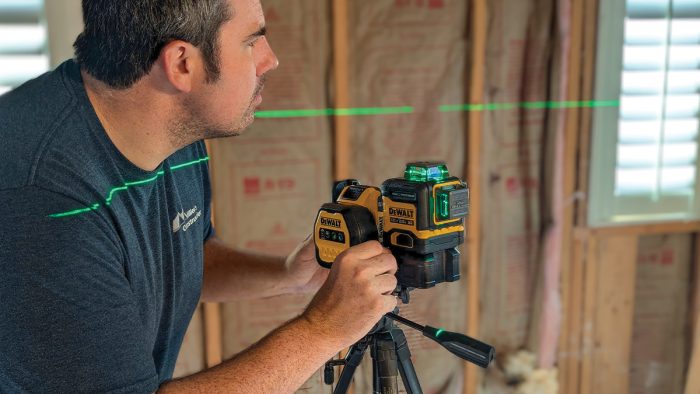
In this tool test, carpenter Aaron Miiller evaluates a variety of green line lasers to determine their brightness, accuracy, durability, and usability on job sites. The lasers were assessed based on their performance at various distances, their ease of use, and the quality of their protective cases. Miiller highlights the importance of long-lasting rechargeable batteries and visibility in different lighting conditions, ultimately naming the DeWalt DCLE34033D1 as the overall winner for its exceptional brightness and precision.
What Makes a Great Green Line Laser?
My first line laser, which I still own, was a red-beam Bosch. For years we figured out new ways to use it and had fun seeing the reactions of our customers, who, like us, thought bringing lasers out of science fiction and onto the job site was pretty cool.
But the wow factor isn’t what convinced me of the laser’s usefulness; it was its accuracy, especially at longer distances (up to 30 ft.), in projecting a level or plumb line on the surface while I worked. It also freed up a hand that I would have previously needed to pick up and hold a level.
A projected laser line is useful for both indoor and outdoor work. It makes installing doors, windows, and trim faster and more accurate and is invaluable for laying out and installing tile, wainscot, and exterior siding and trim. Unfortunately, though they are the most affordable lasers you can buy, red lasers are hard to see in bright light and are virtually unusable outside without a detector.
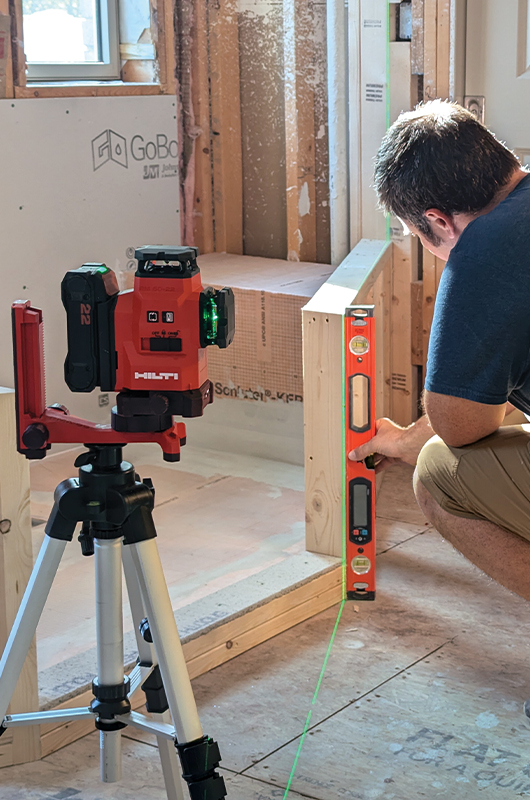
My first red laser also consumed AA batteries by the dozen. Today’s lasers are longer-lasting with better visibility, which includes a change in color. It’s been scientifically proven that green is easier for the human eye to see than red—but green lasers are more expensive to make and require even more battery power.
My first green laser didn’t work out like I’d hoped. It was only a little brighter than my red laser and went through batteries even quicker. So I started on a mission to find the very brightest, most accurate, most durable green-line laser available. As part of my research, I asked my friends on social media about their green lasers. It seems as if everyone has a different brand or model they prefer, while very few have experience with more than one or two models for comparison.
It became clear that if I wanted to identify the best laser, I’d have to test them myself. Seven manufacturers agreed to be part of this tool test for Fine Homebuilding by loaning me tools for evaluation. I also requested that FHB purchase the Huepar laser, which can be found on Amazon. Although there are several online brands to choose from, I selected this one because it had favorable online ratings and was recommended by several carpenters on social media.
Unfortunately, one of the longtime laser manufacturers, Stabila, declined to participate, saying, “The team is not the biggest fan of head-to-head product comparison.” We also asked Makita for their compact line laser, but they never responded.
About the Lasers
All of the lasers I tested are self-leveling and can show plumb, level, and plumb and level together. Their self-leveling feature can also be turned off, and the reflective pendulum that projects the laser line can be locked to display sloping lines. This feature is useful for diagonal layouts for tile, coffered ceilings, and hardwood flooring or when you’re working in out-of-plumb or out-of-level conditions.
The lasers all have intuitive controls, and I found it easy to switch between their leveling modes. Many allow you to choose between a proprietary battery pack and disposable alkaline batteries. Disposable batteries are quickly spent powering a green laser, so I prefer the rechargeable ones.
All but one of the lasers in the test accommodate both 1/4-in. tripod mounts (like those found on camera tripods) and the 5/8-in. mounts found on surveyor tripods. (The Johnson only accepts the 1/4-in. size.) The Huepar and Leica lasers don’t have 5/8-in. adapters on the tool housing, but they do have 5/8-in. adapters on the L-shaped wall/ceiling mount bracket, which is used for attaching the laser to walls and drop ceilings.
All of the lasers are compatible with laser detectors (also called receivers), many of which are sold separately. Laser detectors use a series of beeps to help you locate the laser line when you can’t see it during outdoor work or over long distances. It might not be a hard-and-fast rule, but detectors seem to work with most other brands of lasers.
It’s clear to me—and obvious to anyone who has one—that a line laser is a versatile, time-saving tool that helps carpenters, subcontractors, and builders of all stripes do better work. I use mine almost daily and continue to find new uses for it, even almost 20 years after purchasing that first red laser. Red-line lasers are still available and can be used when visibility isn’t an issue, but the green line makes this problem-solving tool even better. It stands out in places where a red laser fades into the background.
How We TestedTo compare the eight lasers, I used them for two months on my job sites and ran several head-to-head tests.
|
DeWalt DCLE34033D1
Power Source: DeWalt 12v or 20v packs
Run Time: Up to 10 hr.
Price: $570 (detector included)
Available on Amazon
The DeWalt is the only laser that uses “high precision” in its description and claims the highest accuracy rating from its manufacturer, within an impressive 1⁄8 in. at 50 ft. The base provides the wall/ceiling attachment and so is longer than any other in the test.
You might expect that the extra surface area would prevent it from holding to metal drywall corner bead. But in my testing, I found that the base’s magnets were very strong and held well if all the magnets had metal to stick to. I like the DeWalt’s fine-adjustment knob because it has enough precision to accurately dial in the laser where you want it.
But what made this tool a winner for me was that it was the brightest laser in most conditions. Oddly, it came in third brightest at 8 ft. vertically outdoors, but it was easily the brightest in all the other outdoor tests. It’s also easy to see indoors. My one knock against the DeWalt is the case, which doesn’t have a lot of padding.
Johnson JLN300-GN3360
Power Source: Johnson 3.6v battery pack
Run Time: Up to 30 hr.
Price: $368*
Available on Amazon
For the price, the Johnson laser impressed me. Its body has a rugged rubber overmolding, and the buttons, located right on top of the housing, are simple and easy to read. The storage case has a foam insert to protect the laser and keep accessories organized. The laser housing is IP64-rated, offering the second-best dust and water resistance of the lasers I tested.
The wall/ceiling bracket is compact and has strong magnets and adequate fine adjustments, but it doesn’t accept a 5⁄8-in. tripod. My biggest gripe with this laser is the charger. Johnson’s rechargeable battery is painfully slow to charge, and there is no option to use AA batteries.
That said, the battery pack does provide excellent run time, lasting multiple days with plenty left in the tank. The Johnson laser has an extremely sharp line, but it was harder to see outdoors. If I were purchasing this laser to use it outside, I’d spring for a detector.
Bosch GLL3-330CG
Power Source: Bosch 12v pack or four AA batteries
Run Time: Up to 6 hr.
Price: $580
Available on Amazon
I like that Bosch’s laser runs on the company’s 12v battery packs, but I did not get great run time with this laser and often had to plan on charging the battery before leaving the job site each day. The three buttons on top of the housing for controlling the laser are easy to read.
The laser also has Bluetooth connectivity, so you can control it from your smartphone. That’s a cool feature, but one I don’t think is necessary for our job sites and is likely one of the features that makes this laser more expensive than the others in the test.
While the laser has a sharp, distinct line, I found it to be less bright than the others, especially in rooms with a lot of natural light. The wall/ceiling bracket allows micro adjustments up and down, but not side to side. Bosch’s blow-molded case is compact but doesn’t offer much protection for the equipment.
Hilti PM 50MG-22
Power Source: Hilti 22v pack
Run Time: Up to 14 hr.
Price: $850 (tripod and detector included)
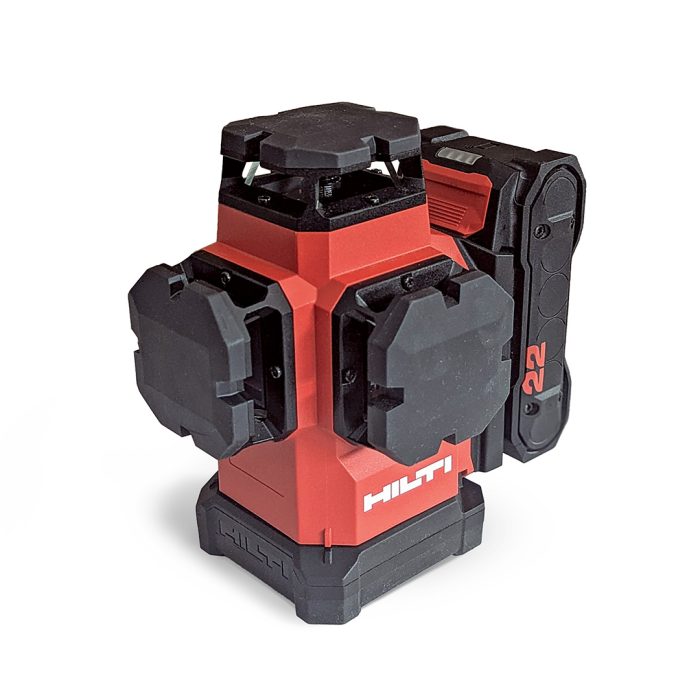
Hilti has its lasers attached to the housing with thick rubber dampers for protection. Charge and run times were fantastic, and the precision adjustment knob is smooth and easy to fine-tune. I like that the battery-level indicator is continuously lit and that it is located on the top of the battery, which is visible from the top of the laser.
The included detector is incredibly responsive and accurate. This is the only laser in the test that also includes a tripod, which fits conveniently in the same case. Often when I’m using a line laser I use a tripod as well, so this is an appreciated addition.
Indoors, the Hilti performed well in most lighting conditions, placing first in the 10-ft. and 20-ft. distance tests. However, I do not like the Hilti case at all. It is made of thin plastic all the way around and offers little protection for the equipment.
Huepar S04CG
Power Source: Huepar 7.4v pack or four AA batteries
Run Time: 5 hr.
Price: $246 (detector included)
Available on Amazon
This laser kit includes an accurate and responsive detector. The wall/ceiling bracket is also noteworthy. It adjusts the laser up and down, left and right, side to side, and even forward if needed. While the laser itself feels quite rugged, everything else feels flimsy.
The adjustment knobs, the laser detector, and even the wall/ceiling bracket feel like cheap plastic, and charge and run times were well below average. I also noticed that the actual laser beam itself was not quite as sharp or defined as the others tested, with a fuzzier line than other models.
But for the price, this is a nice entry-level unit with Bluetooth remote control, a feature shared only with the Bosch. The Huepar was one of the poorer performers in the outdoor brightness tests, but it was adequate inside. The blow-molded case feels flimsy, but its insert keeps everything organized.
Kapro 883G
Power Source: Kapro 7.4v pack or four AA batteries
Run Time: Up to 8 hr.
Price: $550 (two batteries included)
Available on Amazon
This laser is rated IP65 for water and dust resistance—the highest level in the test. Charge and run times were average. The laser housing seems rugged, with rubber overmolding on all sides. There are only two buttons, conveniently located on top of the housing. One selects the laser axis and the other adjusts the brightness level.
I like that the laser comes with two rechargeable lithium batteries. The adjustable wall/ceiling bracket tilts, but the adjustment is clunky and only moves up and down. The Kapro didn’t show up very well outdoors, with only a faint line in most of the tests, but it was bright enough indoors.
I like the case that the Kapro comes in—it’s my favorite in the test. The plastic is on the thinner side, but the foam insert keeps the contents protected and organized and makes it easy to see and retrieve the components inside.
Leica Lino L6G
Power Source: Leica 3.6v pack or three AA batteries
Run Time: Up to 11 hr.
Price: $625
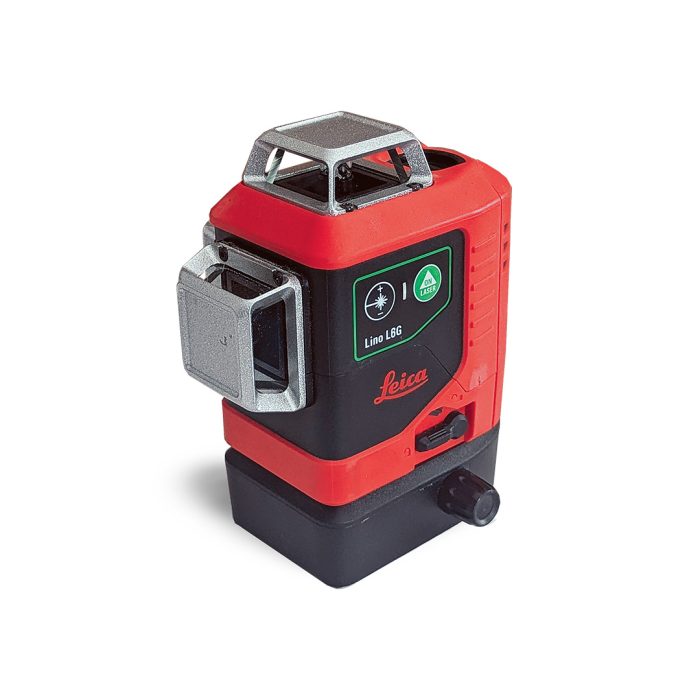
I like Leica’s rubber overmold protection around the body of the laser, but I wasn’t crazy about the adjustable base on this unit. The wall/ceiling bracket requires an L-shaped adapter that’s also used when mounting the laser on a 5⁄8-in. tripod.
The kit includes this adapter, but it seems easy to lose. With the vertical beam’s fine-adjustment knob, left-and-right adjustments are somewhat limited compared to other models. Battery life is good, and charge time is reasonable using Leica’s rechargeable battery pack.
I liked having the ability to change the brightness of the laser with the press of a button, which you can use to improve run time. The laser can also be used while it’s charging, which is an added benefit. Leica’s hard case is somewhat cumbersome; the organizational layout is not the best, and protection is minimal.
Milwaukee 3632-21
Power Source: Milwaukee 12v pack
Run Time: Up to 15 hr.
Price: $600
Available on Amazon
The Milwaukee has a sturdy housing with protective rubber overmolding on all sides. The adjustable base, which doubles as the wall/ceiling bracket, has strong magnets and a smooth, precise adjustment knob with the perfect amount of resistance for fine-tuning.
Removing the battery pack is cumbersome with the wall/ceiling bracket attached, but the included 4-Ah battery has a long run time. I like the battery-level indicator that’s built into the housing; you can tell at a glance if you’re at risk of running out of power. One downside for me is the small control buttons on the side.
They’re hard to see and to use when the laser is on the floor. For someone regularly installing drop ceilings, however, the side-mounted buttons would be ideal. The Milwaukee is a strong all-around performer with very good visibility, even outdoors. The case has a cushioning foam insert and is smartly arranged.
— Aaron Miiller; Owner of Miiller’s Construction in Corning, Ark. Photos by the author.
From Fine Homebuilding 328
RELATED STORIES
- Tool Test: Cordless Track Saws
- Tool Test: Compact Cordless Shop Vacs
- Tool Test: Compact Cordless Routers
Fine Homebuilding Recommended Products
Fine Homebuilding receives a commission for items purchased through links on this site, including Amazon Associates and other affiliate advertising programs.

Milwaukee Cordless Tablesaw (2736)

Large-Capacity Lightweight Miter Saw
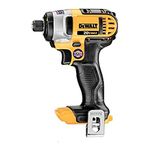
DEWALT Impact Driver (DCF885)
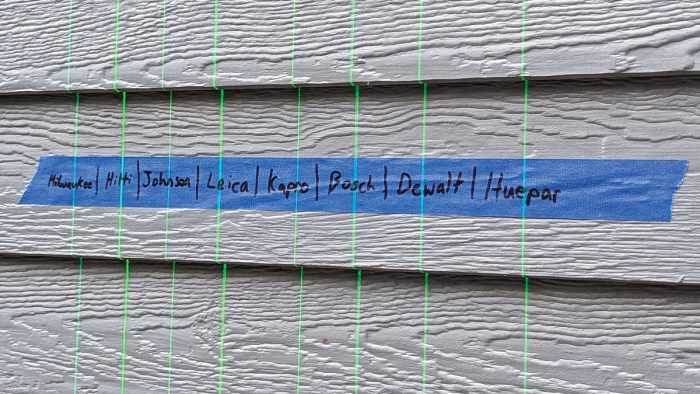
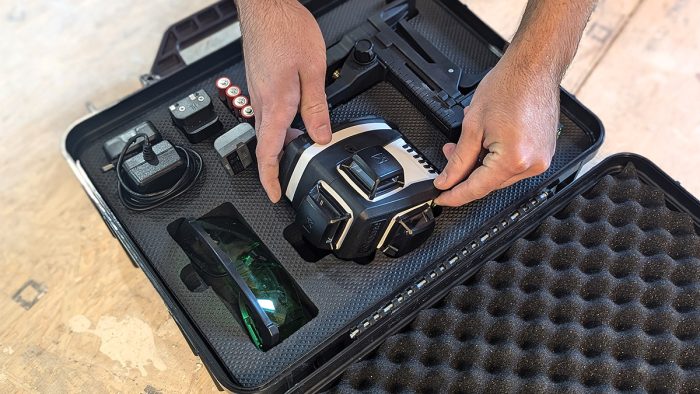
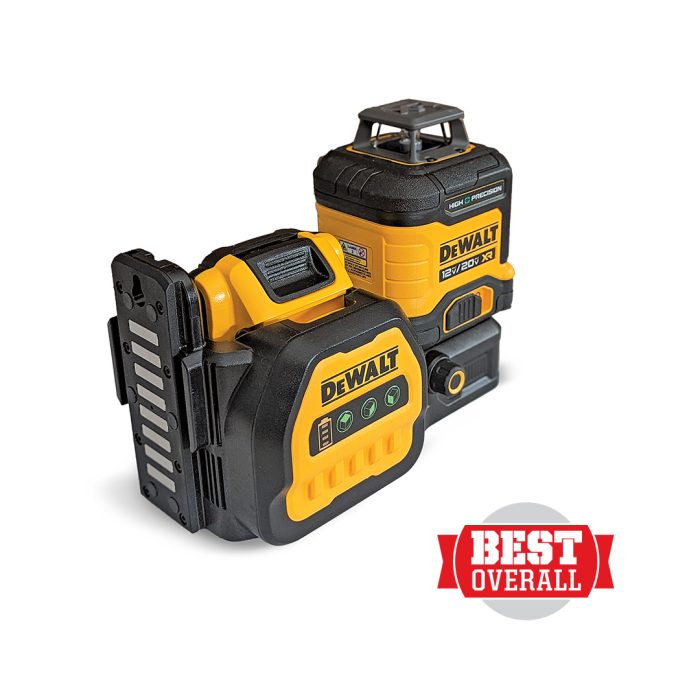
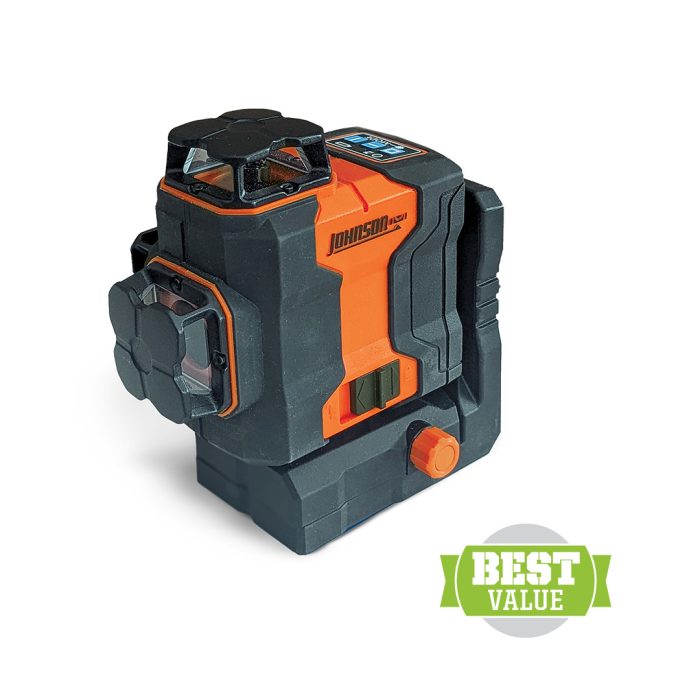
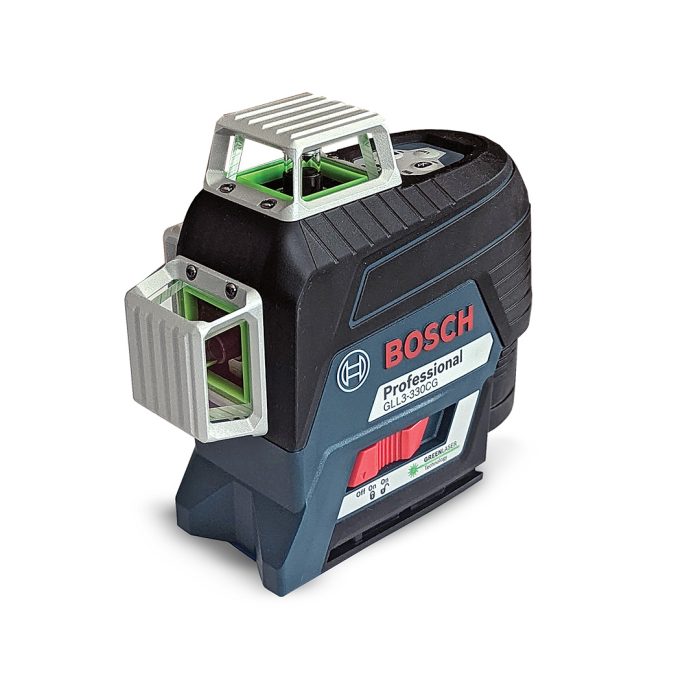
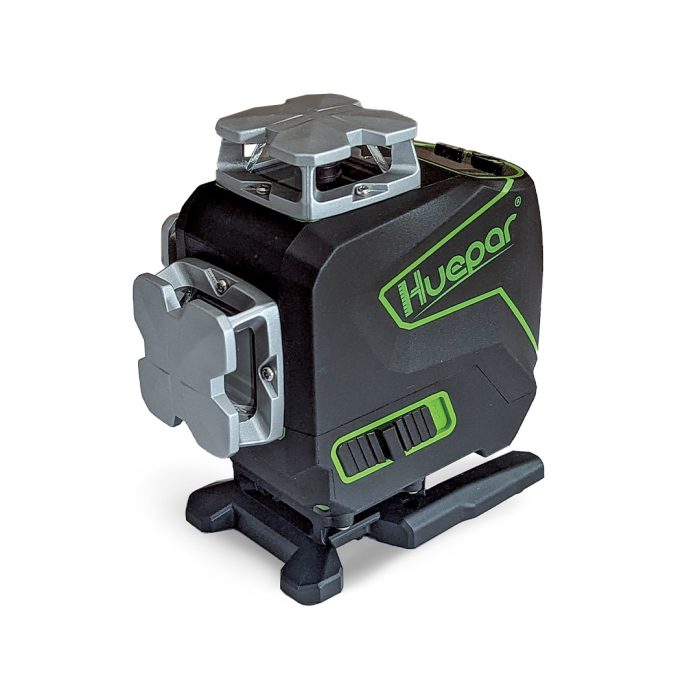
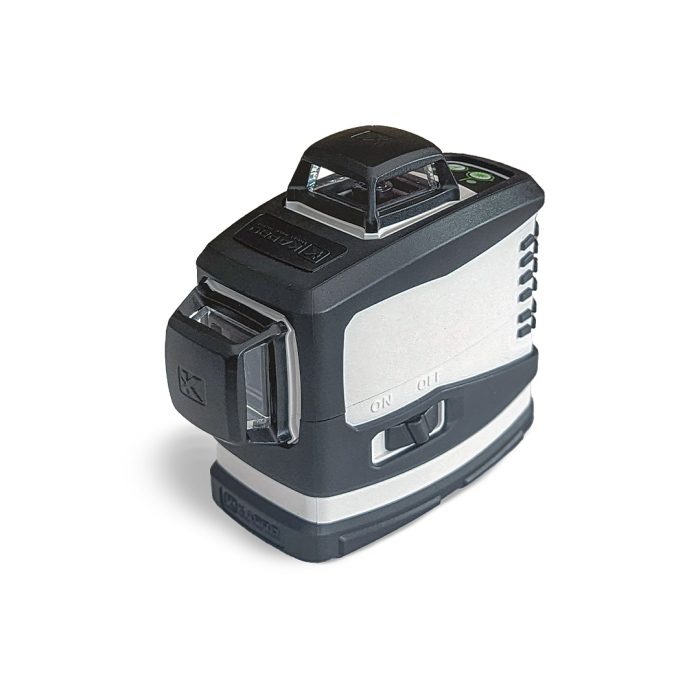
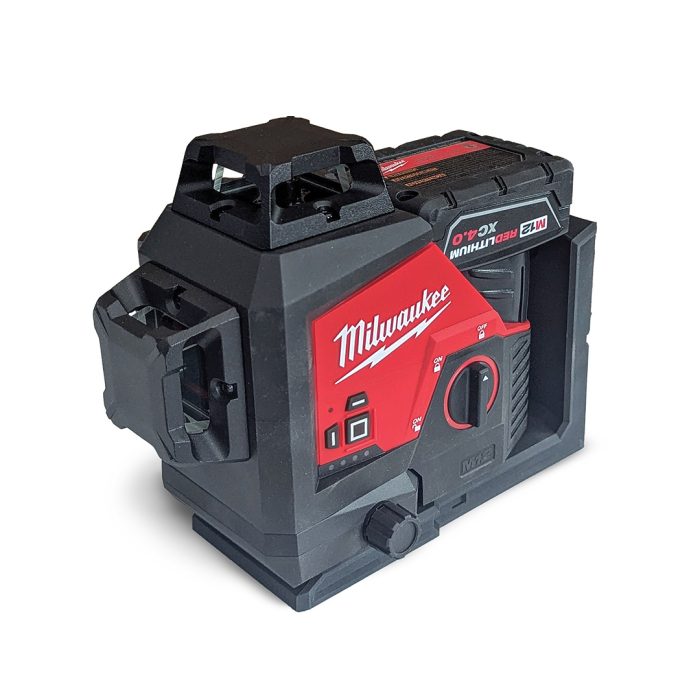


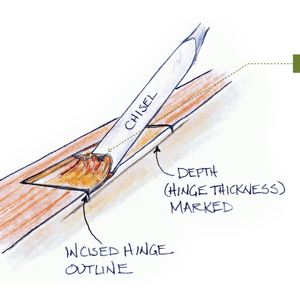
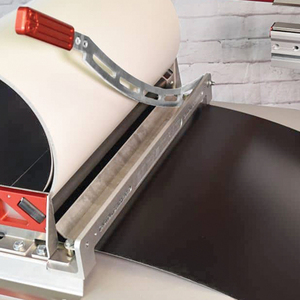
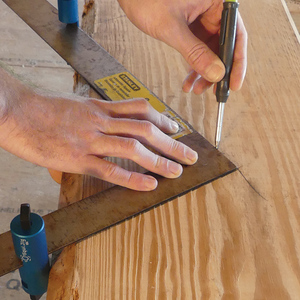
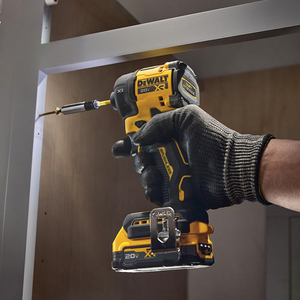



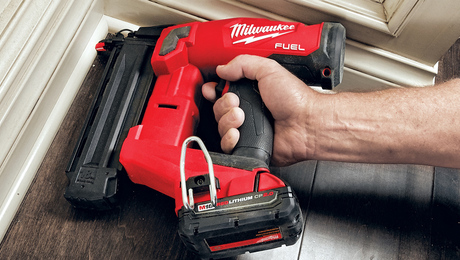
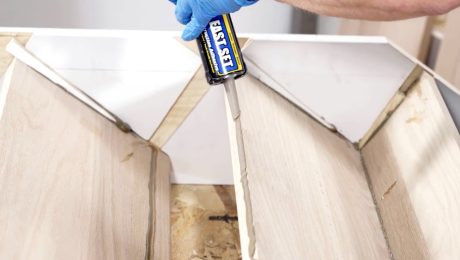
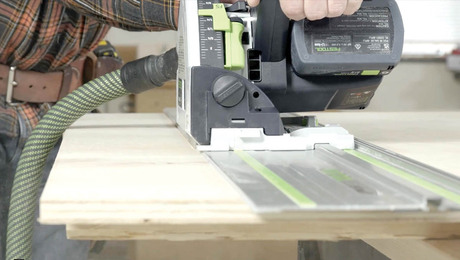
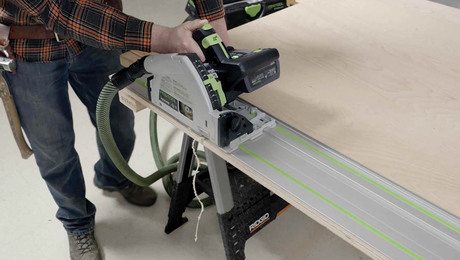
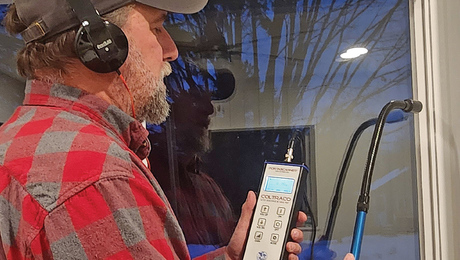
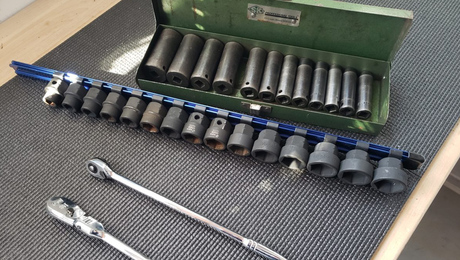










View Comments
Without Stabila included here I feel like the results are kind of lacking.
Is it not possible to acquire and review a product without the manufacturer providing one for the test…?